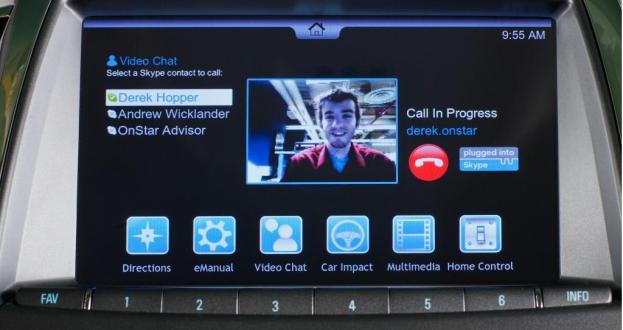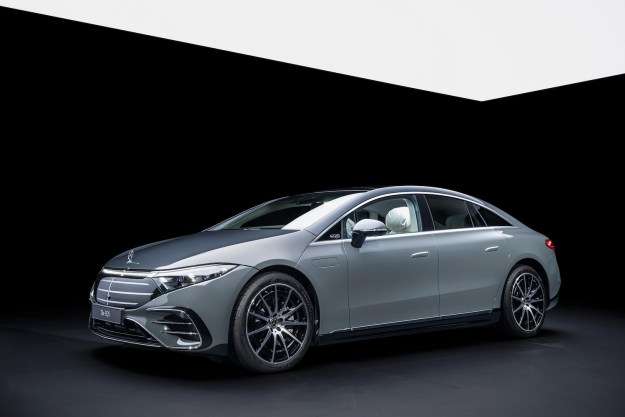
Hot on the heels of a Nation Transportation Safety Board recommendation that the use of all electronics be banned from vehicles, OnStar, which is owned by General Motors, has announced plans to offer in-car video chat. In addition, the company will also begin incorporating Verizon 4G LTE wireless network connectivity into select vehicles to allow for cloud-based streaming to “all vehicle occupants.”
While video chat might sound like the most-dangerous possible feature you could add to a car, GM said last year that it will only be enabled while the car is in park, reports Motor Authority. So, really, this is nothing to get up-in-arms about.
Both the video chat and on-board 4G LTE are part of OnStar’s new CUE system, which the company describes as “a comprehensive in-vehicle experience that merges intuitive design with auto industry-first controls and commands for information and entertainment data.” Basically, it’s an entire touchscreen entertainment system in the dashboard that includes features like Pandora Radio, GPS, a heads-up display speedometer and voice-navigation controls.
Other features include “rear seat infotainment management,” which incorporates tablets into the back seat, and “home energy management.” It’s really quite impressive (see video below), but from what we can tell at this distance it’s anything if not distracting.
All of this will be on display at the Consumer Electronics Show, which takes place in the second week of January, and we’ll be there to give it a test drive.
Check out a video of the CUE system below:


